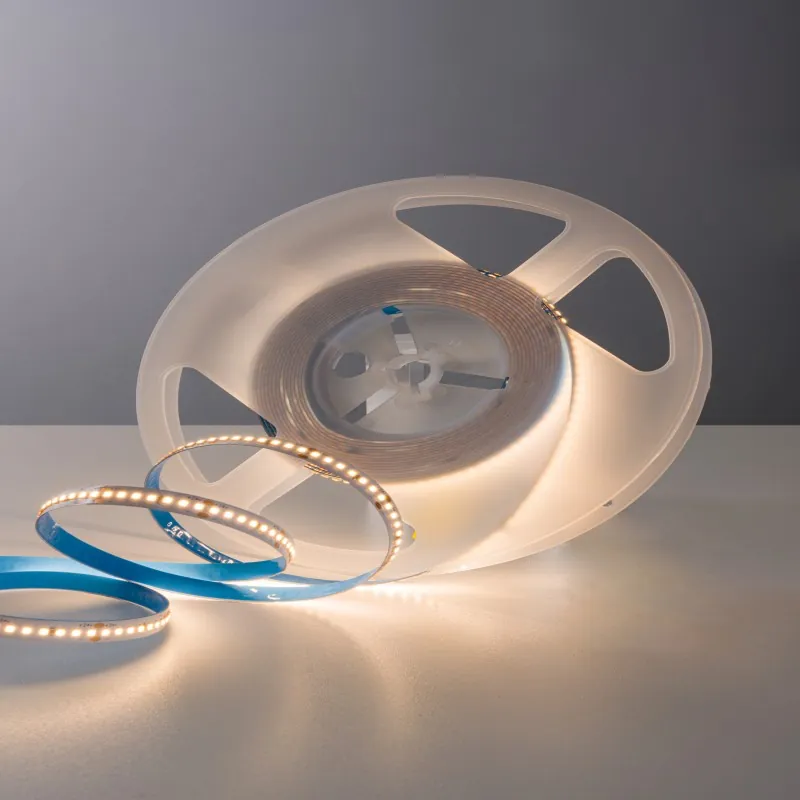Entering the LED lighting market can be a rewarding step for entrepreneurs aiming to deliver energy-efficient and high-quality lighting solutions. To build a successful LED lighting manufacturer, it’s essential to understand how product selection, safety standards, and adaptability work together to create competitive advantages. By observing experienced companies like Aiyu, newcomers can learn proven approaches that combine strong product performance with thoughtful design and reliable manufacturing processes.
Step 1: Understand Product and Market Essentials
Before setting up production, new manufacturers should analyze which LED products align with market needs. For example, Aiyu’s AY2022-252D-24V-8MM-IP20 CRI90 single color LED strip demonstrates how consistent voltage and high brightness create dependable results for various lighting scenarios. Its 24V safe voltage ensures uniform illumination and eliminates dark areas, while the high color rendering index (CRI90) enhances visual comfort — qualities that customers in both residential and commercial markets value. By studying such examples, startups can identify the key specifications and features that define quality LED lighting.
Step 2: Prioritize Safety and Flexible Design
Safety should be built into every stage of LED manufacturing. Aiyu’s low-voltage 24V design in its AY2022-252D series reduces electrical risks and ensures compliance with international safety standards. In addition, flexible LED strip dimensions make installation easier in complex layouts such as ceilings, display shelves, and decorative contours. New businesses can adopt similar principles — combining safe electrical design with flexible product formats — to improve customer satisfaction and project adaptability.
Step 3: Build Reliable Production and OEM/ODM Capability
A well-organized production line is crucial for quality consistency. Observing Aiyu’s approach to OEM and ODM services provides valuable insight into how a manufacturer can meet diverse client requirements through customization, strict quality control, and technical support. Establishing these capabilities early allows new manufacturers to expand their market reach and develop long-term partnerships with distributors and project contractors.
Conclusion
Starting an LED lighting manufacturer requires a clear plan — from choosing reliable products and integrating safety standards to building flexible, client-oriented production. Companies like Aiyu illustrate how combining product excellence with professional service can lead to long-term success. By following these key steps, new entrants can create a strong foundation for growth and become trusted suppliers in the global LED lighting market.
